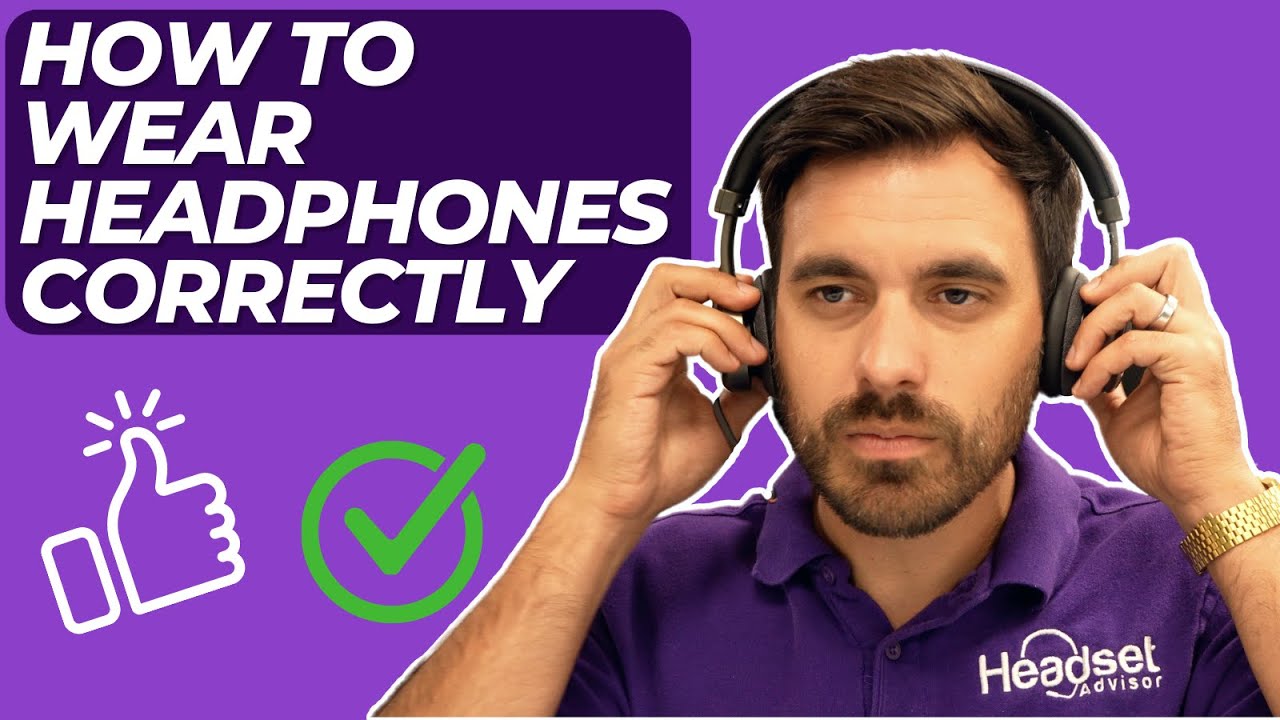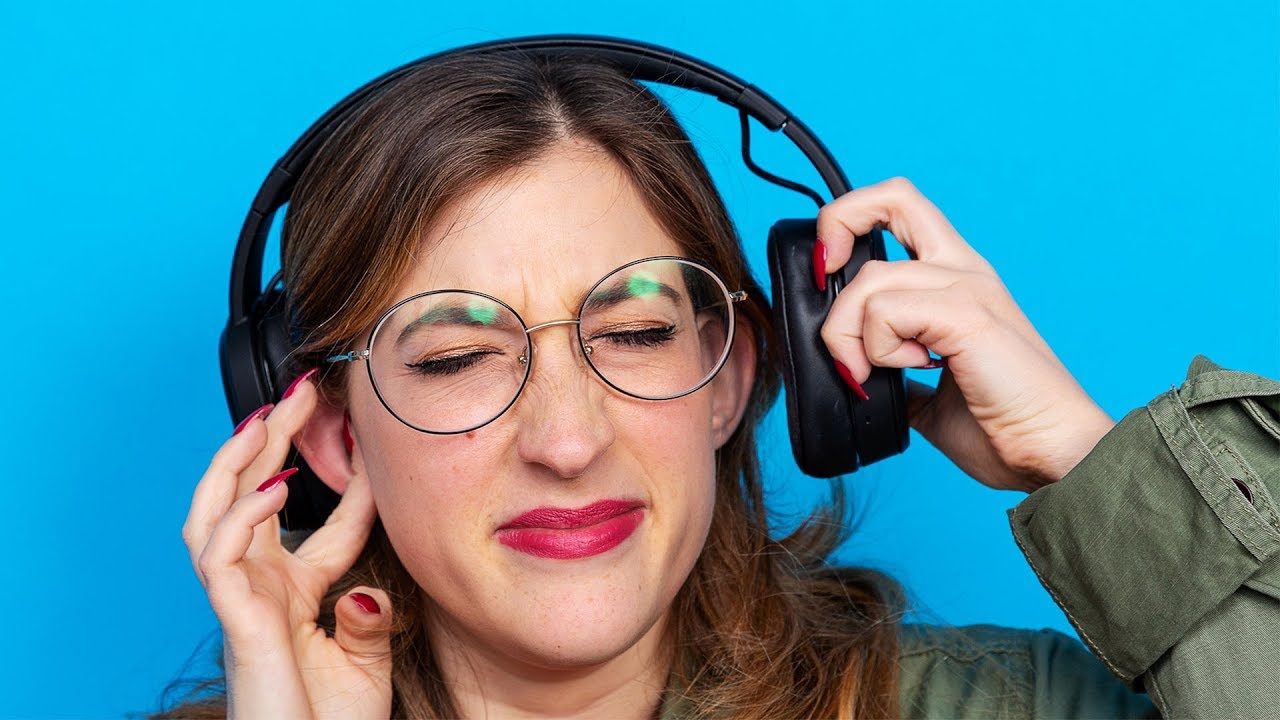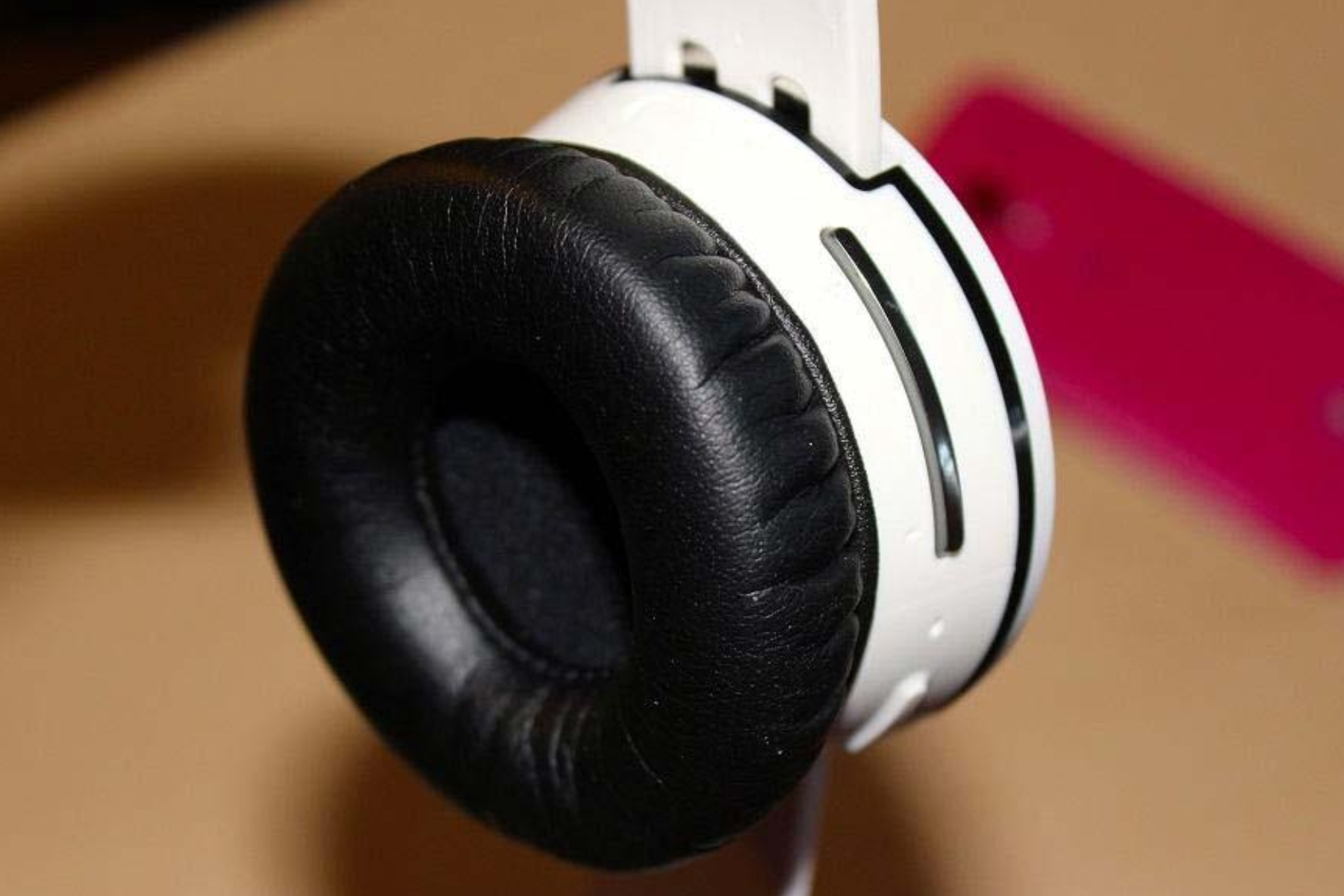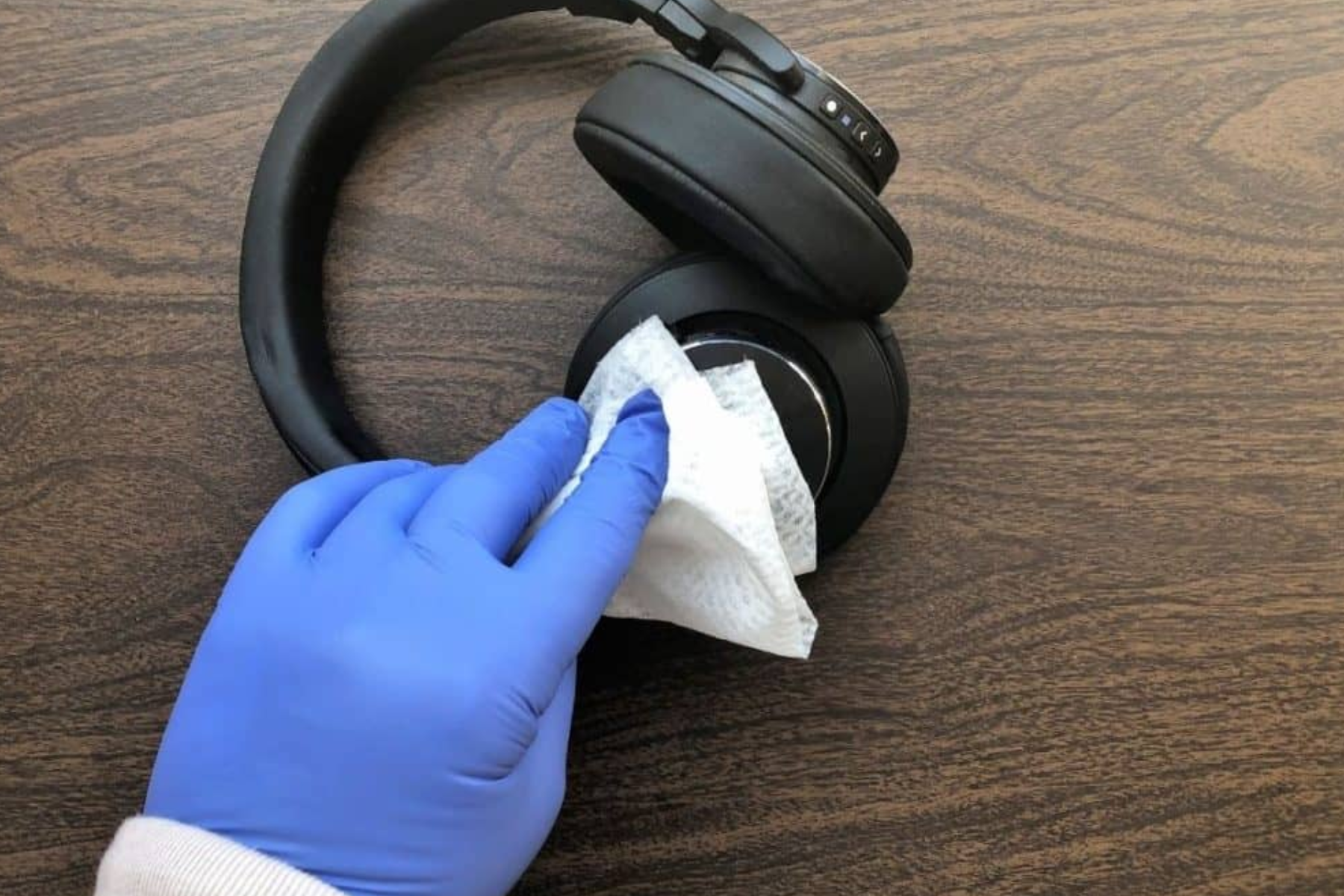How To Properly Wear A Headset - Get The Most Out Of It
Headsets are an essential accessory for communication, whether you are working from home, participating in online classes, or gaming. However, wearing them incorrectly can cause discomfort and even damage to your ears. In this article, we will discuss how to properly wear a headset to avoid any discomfort or hearing issues.
Author:Elisa MuellerReviewer:James PierceApr 28, 2023218 Shares2.9K Views

Headsets are an essential accessory for communication, whether you are working from home, participating in online classes, or gaming. However, wearing them incorrectly can cause discomfort and even damage to your ears.
In this article, we will discuss how to properly wear a headsetto avoid any discomfort or hearing issues.
The Importance Of Adjusting The Headband And Ear Cups
Adjusting the headband and ear cups of a headset may seem like a simple task, but it is crucial for ensuring maximum comfort and optimal performance.
In this part, we will also discuss the importance of adjusting the headband and ear cups and provide some tips on how to do it correctly.
Why Adjusting The Headband And Ear Cups Is Important
- Comfort- A well-adjusted headband and ear cups provide a comfortable fit, reducing fatigue and allowing you to use your headset for longer periods.
- Noise isolation- Properly adjusted ear cups provide good noise isolation, reducing distractions and allowing you to concentrate better.
- Sound quality- Adjusting the ear cups ensures that the speakers are aligned correctly with your ears, providing optimal sound quality.
Tips For Adjusting The Headband And Ear Cups
Here are some tips on how to adjust the headband and ear cups of your headset correctly:
- Start with the headband- Adjust the headband so that it fits snugly but comfortably on your head. The headband should rest on the top of your head, and the ear cups should sit comfortably around your ears.
- Check the ear cup position- Check the position of the ear cups to ensure that they are aligned correctly with your ears. The speakers should be centered over your ear canals.
- Adjust the ear cups- If the ear cups are not aligned correctly, adjust them by moving them up or down, or tilting them forward or backward until they fit comfortably around your ears. Ensure that there is no gap between the ear cups and your ears.
- Test the fit - Test the fit by listening to some audio and checking that the sound is clear and balanced. If the sound is not balanced, adjust the ear cups until it is.
- Make adjustments as needed- If you experience any discomfort or pressure on your ears or head, make further adjustments to the headband or ear cups until you find a comfortable fit.
Step 1 - Choose The Right Headset
Choosing the right headset is crucial for both comfort and sound quality. You should consider the following factors:
- Headset Type- There are different types of headsets such as on-ear, over-ear, and in-ear. On-ear headsets rest on the ear while over-ear headsets surround the ear. In-ear headsets are inserted into the ear canal.
- Sound Quality- The sound quality is affected by the headset's drivers, frequency response, and sensitivity. Ensure that the headset you choose provides high-quality audio.
- Comfort - Comfort is essential when selecting a headset. You should choose a headset that has adjustable headbands and ear cups, soft ear pads, and a lightweight design.
Step 2 - Adjust The Headband

How To Wear Headphones Correctly
Adjusting the headband is crucial to ensure that the headset fits properly. You should follow these steps:
- Place the headset on your head and adjust the headband to fit comfortably on the top of your head.
- The ear cups should rest comfortably over your ears. If they are too loose or too tight, adjust the headband accordingly.
- Ensure that the headband is centered on your head.
Step 3 - Adjust The Ear Cups
Adjusting the ear cups is essential to avoid discomfort and ensure that the sound is directed toward your ears. Follow these steps:
- Adjust the ear cups so that they rest comfortably around your ears. They should not press too tightly against your ears, but there should not be any gaps either.
- If your headset has a swivel function, adjust the ear cups to fit the angle of your ears.
Step 4 - Position The Microphone
If your headset has a microphone, you need to position it correctly. Here are the steps:
- Place the microphone close to your mouth.
- Ensure that the microphone is not too close to your mouth, or it may cause breathing sounds or other unwanted noises.
- Adjust the microphone to the desired angle and distance.
Taking Breaks - Why It's Important To Give Your Ears A Rest
Using headphones or earbuds for prolonged periods can cause discomfort, fatigue, and even hearing loss. Taking breaks is crucial to give your ears a rest and prevent any damage.
We will also discuss here why taking breaks is essential when using headphones and how you can incorporate them into your daily routine.
Why Taking Breaks Is Important

You’re probably damaging your ears. Stop!
Our ears are sensitive organs, and prolonged exposure to loud sounds can damage the inner ear, leading to permanent hearing loss. Using headphones for extended periods increases the risk of hearing damage.
Here are some reasons why taking breaks is important:
- Reduces the risk of hearing loss- Taking breaks reduces the amount of time your ears are exposed to loud sounds, reducing the risk of hearing damage.
- Prevents discomfort and fatigue- Wearing headphones for extended periods can cause discomfort and fatigue. Taking breaks allows your ears to rest and recover.
- Improves productivity- Taking breaks can improve your productivity by giving your ears a rest, reducing distractions, and helping you focus better.
How To Incorporate Breaks Into Your Routine
Taking breaks is essential when using headphones, but it can be challenging to remember to do so, especially when you're busy or engrossed in your work. Here are some tips on how to incorporate breaks into your routine:
- Set reminders- Use your phone or computer to set reminders to take breaks. You can set reminders for every hour, or every two hours, depending on how long you use headphones.
- Use the 20-20-20 rule- The 20-20-20 rule is a technique used to reduce eye strain when using a computer. After every 20 minutes, look at something 20 feet away for 20 seconds. You can use this rule to take breaks from using headphones as well.
- Take short walks- Take short walks during your breaks to get some fresh air and stretch your legs. Walking can help you relax and reduce stress, improving your overall well-being.
- Use noise-canceling headphones- Noise-cancelling headphones block out external sounds, allowing you to listen at lower volumes. This can reduce the risk of hearing damage and help you take breaks less frequently.
Tips For Using Headphones Safely
Taking breaks is just one way to use headphones safely. Here are some other tips to keep in mind:
- Use headphones that fit well- Headphones that fit well reduce the need for high volumes, reducing the risk of hearing damage.
- Listen at lower volumes- Listening at lower volumes reduces the risk of hearing damage. A good rule of thumb is to keep the volume at 60% of the maximum level.
- Limit the amount of time you use headphones- Limit the amount of time you use headphones to reduce the risk of hearing damage.
- Clean your headphones regularly- Regularly cleaning your headphones removes dirt and grime, preventing the growth of bacteria and fungi that can cause ear infections.
People Also Ask
How Tight Should A Headset Be?
A headset should be tight enough to stay in place without sliding or moving, but not so tight that it causes discomfort or pain. If you experience discomfort or pain while wearing a headset, adjust the headband or ear cups.
Can Wear A Headset Cause Hearing Loss?
Wearing a headset for prolonged periods at high volume levels can cause hearing loss. It is crucial to take breaks and avoid listening at high volumes.
How Do You Clean A Headset?
To clean a headset, use a soft cloth to wipe the ear cups, headband, and microphone. If there is dirt or grime, you can use a mild soap solution or rubbing alcohol to clean the headset.
How Long Should You Wear A Headset?
It is recommended that you take a break every hour when using a headset for extended periods. This will help prevent discomfort and reduce the risk of hearing loss.
Conclusion
Wearing a headset properly is essential to avoid discomfort and hearing issues. Follow these steps to ensure that your headset fits correctly and provides high-quality sound. Remember to take breaks and avoid listening at high volume levels to prevent hearing loss.
Jump to
The Importance Of Adjusting The Headband And Ear Cups
Why Adjusting The Headband And Ear Cups Is Important
Tips For Adjusting The Headband And Ear Cups
Step 1 - Choose The Right Headset
Step 2 - Adjust The Headband
Step 3 - Adjust The Ear Cups
Step 4 - Position The Microphone
Taking Breaks - Why It's Important To Give Your Ears A Rest
Why Taking Breaks Is Important
How To Incorporate Breaks Into Your Routine
Tips For Using Headphones Safely
People Also Ask
Conclusion

Elisa Mueller
Author

James Pierce
Reviewer
Latest Articles
Popular Articles

